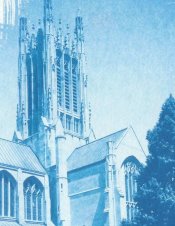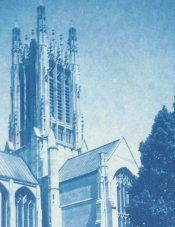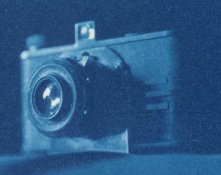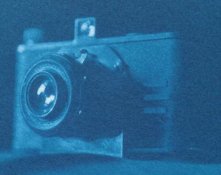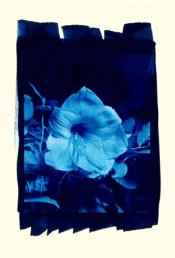In my knowing using hydrogen peroxide (in whatever way) won't affect the end result. Cyanoype will naturally darken after oxidation with air. Peroxide will just accelerate that phenomenon. Have you made controlled checks? (Comparing two prints of the same image, one left to oxidize naturally for a couple of days and the other oxidized by hydrogen peroxide...)
BTW in my experience 2A+1B traditional formula won't give you a darker print, in fact it's the opposite. The darkest blues obtainable by single coat Cyanotype can be achieved by mixing A at 25%, B at 12% and use these 1A+1B. (Please note that there's a considerable speed penalty doing so.) Acidifying paper and/or wash water will often help indeed, but beware of the fact that when you do that when it's not really necessary you may experience stain.
As a last note, when compatible (read as a paper with no buffer which has good/even absorption) thin papers usually give higher dmax.
Regards,
Loris.





